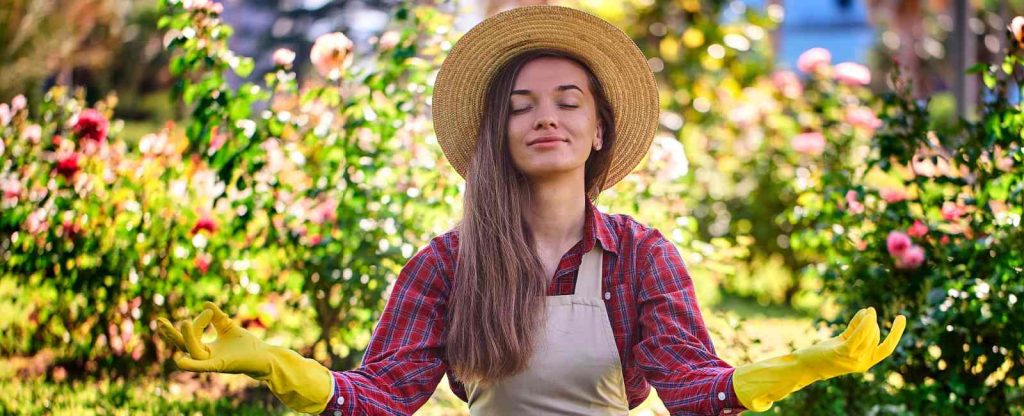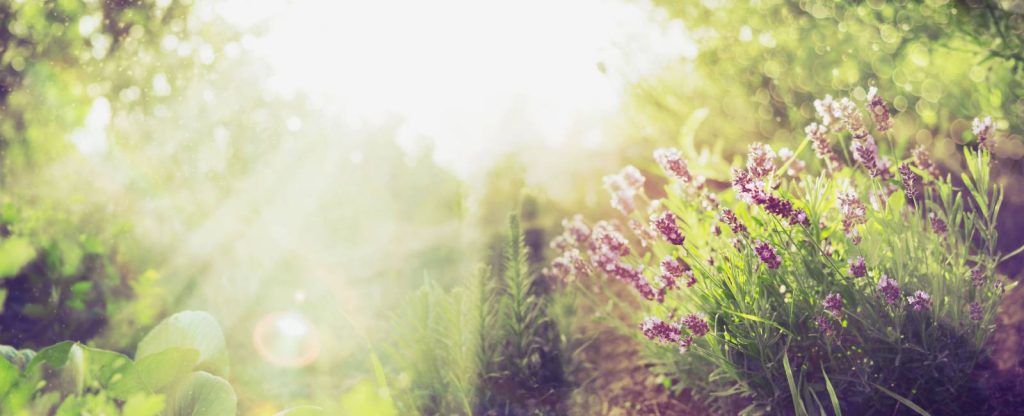Aromatic gardens offer more than just visual beauty—they stimulate our sense of smell and have the power to promote relaxation, improve mood, and enhance overall well-being. The scents of fragrant flowers, herbs, and foliage can transport us to a place of tranquility and evoke positive emotions. Here’s a guide to help you create an aromatic garden that will bring relaxation and wellness into your life:
- Choose Fragrant Plants:
- Fragrant Flowers: Include flowers with delightful scents such as roses, jasmine, lavender, sweet peas, or gardenias. These flowers not only add beauty but also release captivating fragrances that can instantly soothe the senses.
- Aromatic Herbs: Incorporate herbs like rosemary, mint, thyme, and basil. These herbs emit refreshing and invigorating scents when brushed against or crushed. They also offer culinary uses and can be used in teas, aromatherapy, or homemade beauty products.
- Foliage with Aroma: Explore plants with fragrant foliage, such as lemon-scented geraniums, lemon balm, eucalyptus, or scented geraniums. Even brushing against their leaves can release uplifting scents.
- Plan for Scented Seasons:
- Year-Round Fragrance: Choose a combination of plants that bloom and release fragrance in different seasons. This ensures that your garden is a sensory delight throughout the year.
- Winter Fragrance: Consider planting winter-blooming plants like winter jasmine or witch hazel, which release their captivating scents when most other plants are dormant.
- Create Inviting Garden Spaces:
- Seating Areas: Designate cozy seating areas within or near your aromatic garden. This allows you to fully immerse yourself in the scents and enjoy moments of relaxation.
- Pathways: Integrate scented plants along pathways, releasing their fragrances as you walk by. Use materials like crushed gravel or stepping stones to enhance the sensory experience.
- Encourage Pollinators:
- Attract Butterflies and Bees: Fragrant flowers are not only a treat for our noses but also entice butterflies and bees. These beneficial pollinators contribute to the health and diversity of your garden while adding movement and beauty.
- Aromatherapy and Wellness:
- Harvest and Use: Regularly harvest herbs and flowers from your garden to create aromatic arrangements, potpourri, or natural home fragrance. You can also use them for herbal baths, sachets, or homemade essential oils.
- Meditation and Mindfulness: Create a serene space within your aromatic garden for meditation or mindfulness practices. The scents can help calm the mind and enhance your relaxation experience.
- Herbal Teas and Infusions: Experiment with using fragrant herbs from your garden to make herbal teas and infusions. They not only offer unique flavors but also provide potential health benefits.
- Garden Maintenance:
- Pruning and Deadheading: Regularly prune and deadhead your plants to encourage continuous bloom and strong fragrances. Remove spent blooms to redirect the plant’s energy toward producing new flowers.
- Proper Watering and Feeding: Ensure plants receive adequate water and nutrients for healthy growth. Proper care promotes robust fragrances and overall plant vitality.
- Enjoy the Sensory Experience:
- Take Time to Breathe: Pause and take deep breaths to fully inhale the scents of your aromatic garden. Allow the fragrances to uplift your spirits and create a moment of tranquility.
- Mindful Garden Walks: Take leisurely walks through your garden, intentionally focusing on the scents, textures, and colors around you. This mindful practice can bring a sense of calm and connectedness with nature.
Remember, an aromatic garden not only delights your senses but also promotes relaxation, wellness, and a deeper connection with the natural world. So, surround yourself with the therapeutic power of scents, and let your aromatic garden become a haven for relaxation and rejuvenation.




